How does rapeseed bloom?
Rapeseed is a very necessary and valuable crop. After all, rapeseed is the second most important oilseed crop in the world, second only to soybeans and is one of the best honey plants.
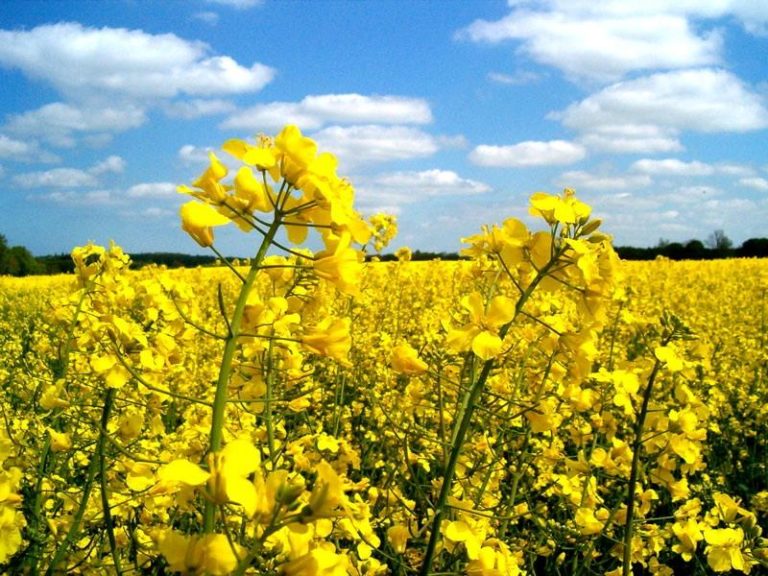
Rapeseed is a very necessary and valuable crop. After all, rapeseed is the second most important oilseed crop in the world, second only to soybeans and is one of the best honey plants.
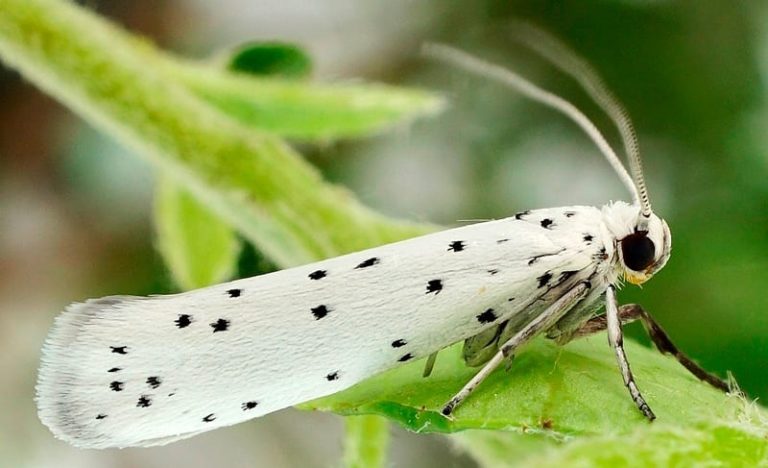
Apple moth is a dangerous pest of apple trees, food specialization – apple tree, but sometimes it can feed on pear or other seed species.
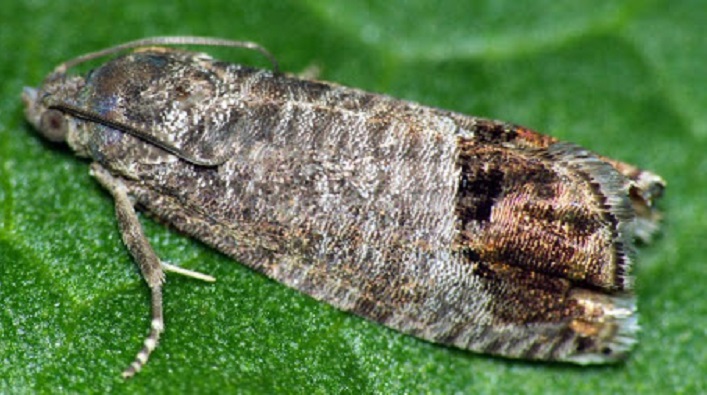
The codling moth loves the fruits of apple, pear, peach, plum, apricot, and is one of the most dangerous pests of these crops. Damaged fruits lose their qualities, fall off prematurely.
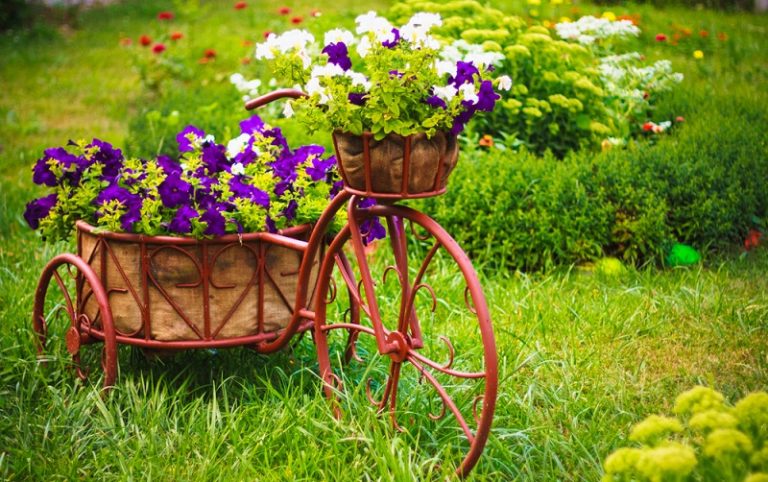
It is not very difficult to create a truly original flower bed that fascinates with its beauty.
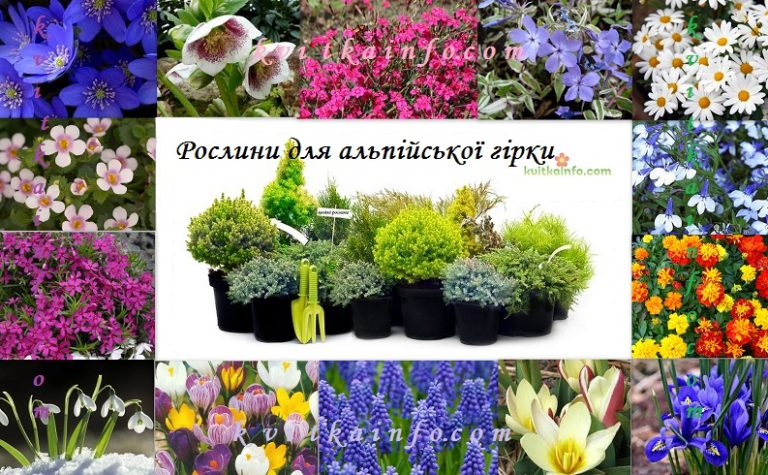
An alpine slide or rock garden is a piece of mountain nature in the yard, or a mountain flower garden made of stones of different sizes, which raise flowers higher from the ground, imitating a mountain particle of nature, and ornamental plants enhance the effect of mountains. Planting plants on an alpine slide should be started in early spring.
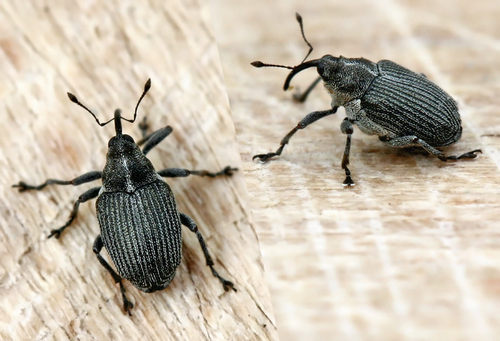
The stem cabbage angiosperm is distributed throughout Ukraine. Food specialization – cabbage, namely cabbage, rutabaga, spring rapeseed, mustard, radish, turnip.
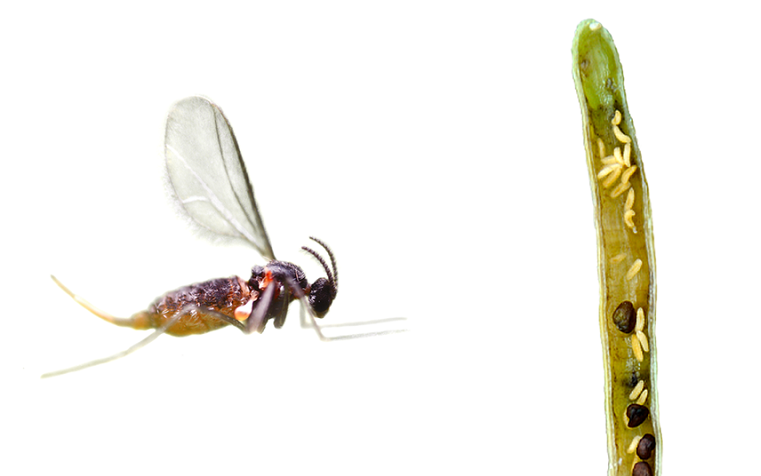
Capsicum cabbage mosquito – harms both at the larval stage and adult insect. The larvae feed on seeds, as a result of which the pod cracks and the seeds spill out. Adult insects cause the most harm in dry, calm weather.

The Turkestan spider mite is common in the southern regions of Ukraine. It has a wide food specialization, in total it damages more than 240 cultivated and wild plants, but most of all it causes damage to soybeans, melons, fruits, and if developed indoors, then cucumbers.
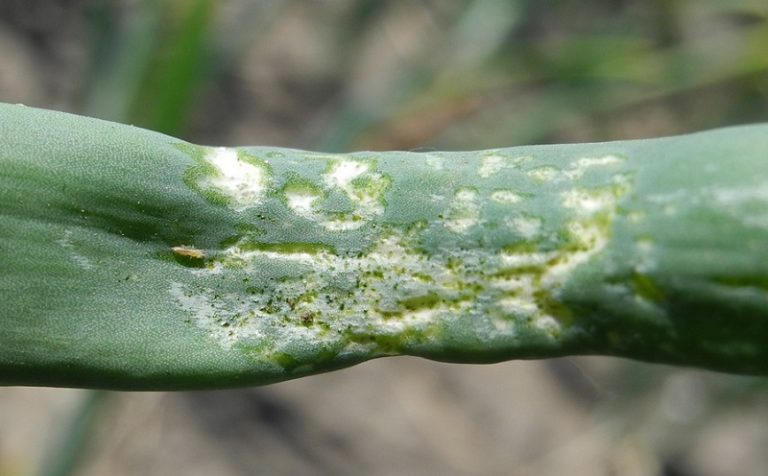
Tobacco (onion) thrips damages plants from the family of nightshades, buttercups, umbrellas, rose-floweres, lilies, tobacco, seedlings of cucumbers, cabbage, onions.

The sprout fly (Hylemia cilicrura) is distributed throughout Ukraine. It damages corn as well as pumpkin, seeds and seedlings of beans, beets, spinach, peas, lupins, grains and other crops.
End of content
End of content